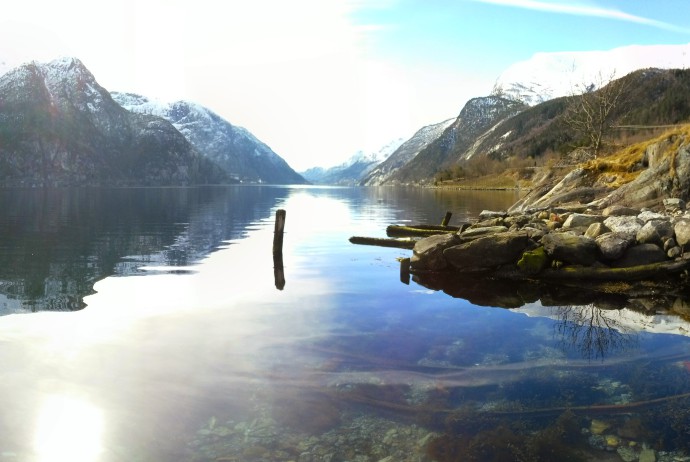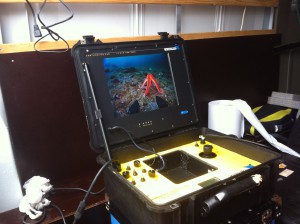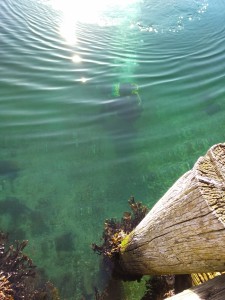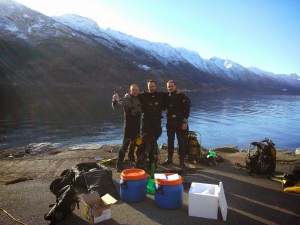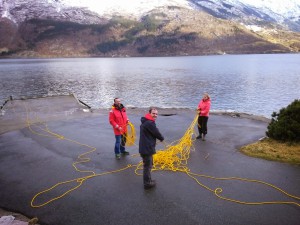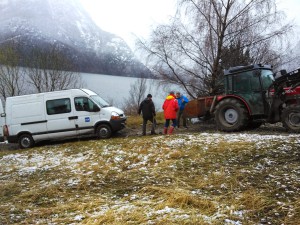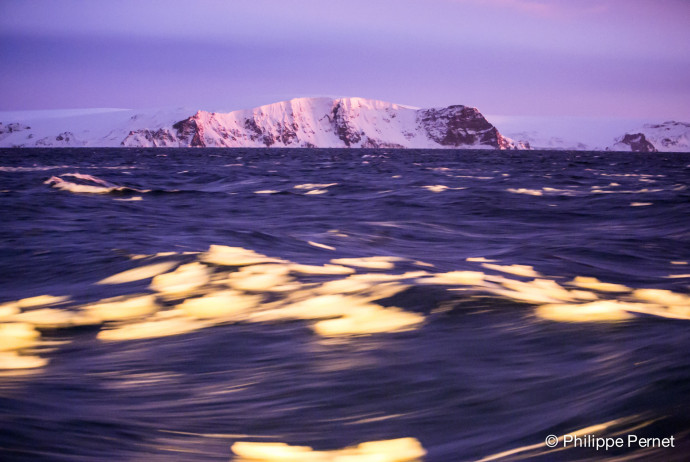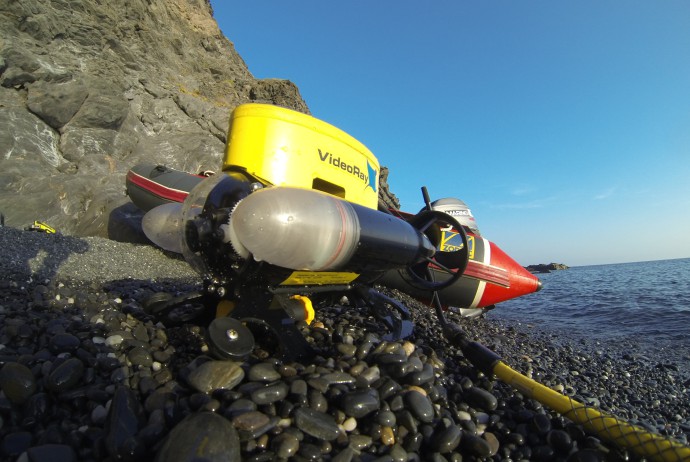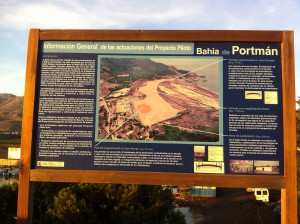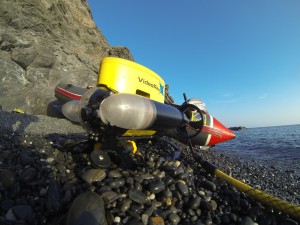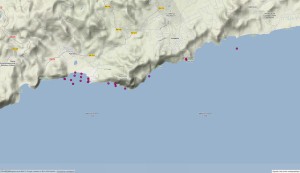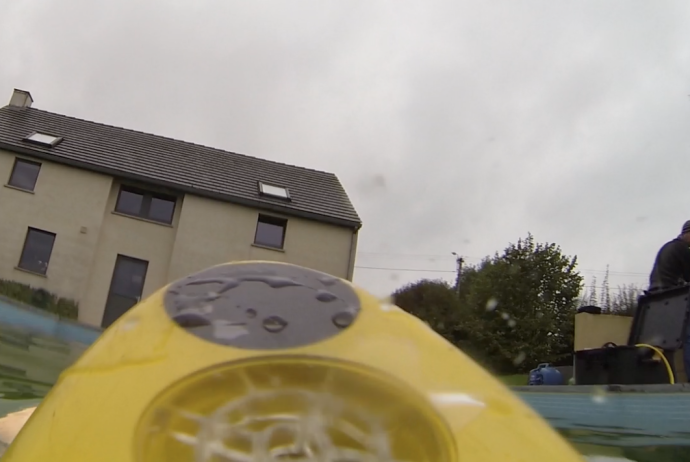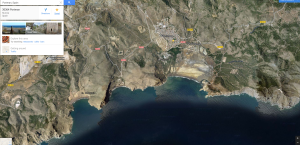We’re just back from the Sørfjord, Norway, where we collected a series of samples to monitor the contamination status, and to carry out acidification experiments.
Our teams have been working in the Sørfjord since 1995. The fjord is located in South-West Norway and has two ore smelters at its head. The location is an exceptionally contaminated area, where discharges (Cd, Zn, Cu, Hg, Pb) from metallurgical industry have occurred for more than 80 years. During the mission, we collected sediments, starfish and sea urchins at sites close to each smelter (sites Sl and S2), further downstream (site S3) and outside of the contaminated fjord (site S4). We are now processing the samples to determine the levels of metals in various grain-size fractions from the sediments and different body compartments of the echinoderms.
In parallel, we have carried out a series of tests with our ROV, to ground-truth its usage in the field for habitat mapping and characterisation of benthic communities. This allows us to be ready for field work in harsh conditions in Antarctica, in the framework of the vERSO project.
We also brought back some organisms to the lab to test the influence of different pH on the loss kinetics of contaminants in starfish and on the acid-base physiology and energetics of sea urchins. Work in progress now…

